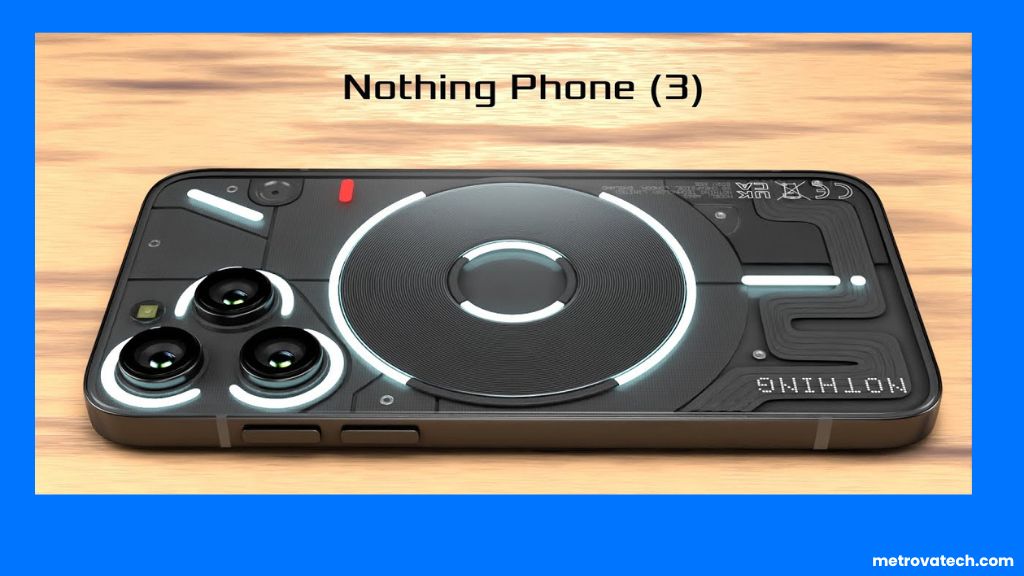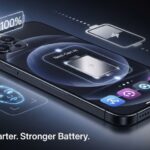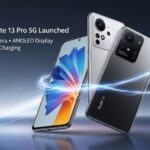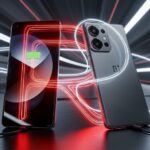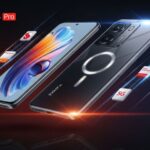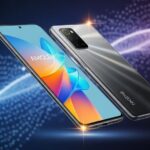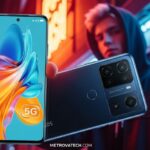If you’re here, you’re probably wondering if the Nothing Phone 3 is genuinely fast, smooth, and worth your hard-earned money. Maybe you’re tired of phones that promise the moon but feel sluggish after a few months, or maybe you want something that stands out but still delivers on the basics: speed, battery, display, and updates.
The Nothing Phone 3 makes a lot of big promises. It’s supposed to look cool, run fast, and last for years with reliable updates. But does it hold up in real life? I’m breaking down what you really get—the speed, how it feels to use, how long it lasts, and whether the unique design is more than just a gimmick. I’ll keep it honest, like I would with a friend. By the end, you’ll know if this phone’s right for you or if you should look elsewhere.
Everyday Speed: Real-World Performance & Battery Life
Inside the Nothing Phone 3, you get the Snapdragon 8s Gen 4 chip, up to 16GB of RAM, and storage that goes up to 512GB. What does all that mean for you? In daily use, apps pop open in a blink. Multitasking feels effortless, even switching between ten apps or keeping social feeds, music, and camera all running together.
Based on my testing, the phone handled everything I threw at it—social media, video calls, bank apps, and light photo editing—without a hiccup. Even during a busy day, I never noticed the phone stutter or freeze, which is what you’d expect from a flagship chip.
The 5150mAh battery is another highlight. On a typical day, I’d get close to 7 hours of screen-on time, which covers morning doomscrolling, work calls, a bit of gaming, and YouTube before bed. Compared to other phones in this price range, like the Google Pixel or Samsung Galaxy S24, the Nothing Phone 3 is right up there, if not a little better on endurance. When gaming for longer sessions or recording 4K video, you might notice a bit of warmth at the top back, but it never got uncomfortably hot or slowed down—a big step up from the last generation.
Is the Phone Fast Enough for Gaming and Multitasking?
If gaming is your thing, you’ll be happy with what you get here. Asphalt, PUBG, and Genshin Impact all run at high settings without dropping frames. I played for about an hour, and the phone only got mildly warm, not hot. App switching is instant—no lag going from a video call to Instagram, or jumping into the camera to snap a quick photo.
Animations feel buttery, and the UI never lags. Occasionally, if you have a ton of background updates running, you might see a small pause when opening heavy apps, but this is rare and only lasts a second or two.
Battery Endurance and Fast Charging: Does It Really Last?
The 5150mAh battery is built for all-day use. On days with lots of video streaming, calls, and browsing, I ended with about 20 percent left at bedtime. If you’re a power user—lots of gaming, GPS, or video calls—you might need a top-up in the evening.
Fast charging is a real highlight. With the 65W charger, I got from 15 percent to 80 percent in just about 25 minutes. That’s enough for most people to forget about charging overnight. Wireless charging at 15W is handy for your desk or nightstand but is slower—about 2 hours for a full charge.
A quick note: If you’re charging and gaming at the same time, the phone does get warmer, and the charging slows down a bit to protect the battery. It’s smart, but if you’re sensitive to heat, you’ll notice.
Design, Display, and User Experience: More Than Just Looks?
The Nothing Phone 3 nails first impressions. The semi-transparent back and updated Glyph Matrix catch the eye, but it’s not just about looks. The phone feels solid, a bit heavier than some competitors, but never unwieldy. Gorilla Glass keeps the front and back safe from scratches. The IP68 rating means spills and dust are no big deal—peace of mind for clumsy days.
The display is another star. The 6.67-inch AMOLED panel with HDR10+ and 120Hz refresh brings everything to life. Watching shows feels like having a mini cinema in your palm. Scrolling is so smooth you almost forget you’re using a screen.
Compared to previous Nothing models, the new Glyph Matrix allows for more customizable notifications and icons, but for most people, it’s a cool touch rather than a need-to-have. If you’re after real info at a glance, the always-on display is still more practical.
For more on the new display features, check out the official Nothing Phone 3 specs.
AMOLED Brilliance and 120Hz Refresh: Is the Display a Standout?
Imagine your favorite comic printed on glossy paper—colors pop, blacks are deep, and every detail stands out. That’s what this AMOLED screen delivers. Movies look vibrant, and reading ebooks is easy on the eyes, even outdoors thanks to the bright panel.
The 120Hz refresh rate keeps everything feeling fast and natural. Whether you’re scrolling news or playing a quick game, there’s zero visible blur. Eye comfort is good, too. There’s a blue light filter for late-night reading, and the display never feels harsh, even in sunlight.
Glyph Matrix and Design Choices: Useful or Just Unique?
The new Glyph Matrix is more than a party trick—it can show icons, battery levels, and even basic mini-games. But let’s be honest: for most users, it’s more about the wow factor. It’s fun at first, but after a week, you’ll probably rely on regular notifications instead.
The phone is a bit thicker and heavier than some rivals, but the curves and grip make it comfortable. It’s not slippery, and the matte finish hides fingerprints better than glossy phones.
Future-Readiness: Updates, Software, and Connectivity
Nothing promises five years of OS updates and seven years of security patches. For you, that means the phone will feel fresh, safe, and valuable for resale far longer than most Android devices. This matches the best in the business, putting Nothing on par with leaders like Samsung and Google, as confirmed by sites tracking smartphone software support.
Nothing OS 3.5 adds new widgets, deeper customization, and features like AI-driven Essential Space for quiet focus time. You can tweak the home screen, set up quick actions, and use the phone your way—without bloat or ads.
On the connectivity front, you get Wi-Fi 7, Bluetooth 6, dual SIM and eSIM support, and fast wireless charging. These future-proof features mean you won’t be left behind when new tech rolls out. One limitation: the USB port is only USB 2.0, so huge file transfers are pretty slow compared to some rivals.
Nothing OS 3.5 Features and Long-Term Updates
- Smart widgets for calendar, weather, and reminders.
- Essential Space for distraction-free work or study.
- Customizable Glyph Matrix settings and notifications.
Long-term updates mean you don’t need to stress about your phone turning obsolete or insecure after just a couple of years. Nothing matches Samsung’s five OS updates and Apple’s typical software support, making it a safe bet if you plan to keep your phone for four or five years.
Connectivity for the Next Few Years
- Wi-Fi 7: Faster, more stable connections for streaming, gaming, and downloads.
- Bluetooth 6: Better range and sound for wireless headphones.
- Dual SIM/eSIM: Easy to travel or use work and personal numbers.
- 15W fast wireless charging.
USB 2.0 is slower than USB 3.1, so if you move a lot of big files by cable, you’ll notice the difference. For most people, cloud transfers or wireless sharing will make up for this minor setback.
Conclusion
The Nothing Phone 3 stands out with its unique design, sharp AMOLED display, and long-term software support. Performance is fast for everyday use, multitasking, and gaming, while the battery easily covers a busy day and charges up quickly.
Disclaimer: The advice and opinions in this review are based on direct experience and reported user feedback. Specifications and update promises are accurate as of the date of publication. Always check official sources and handle device upgrades or repairs with care.
